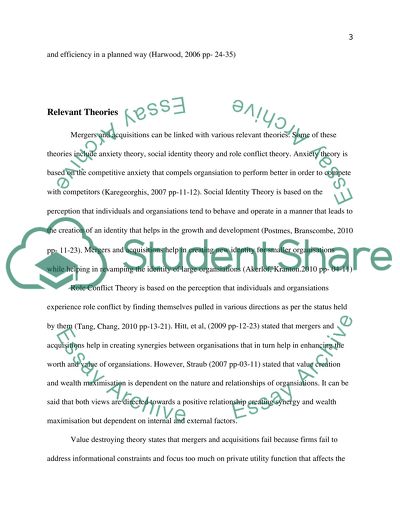Cite this document
(“Mergers and Acquisitions as a Strategic Mean of Creating Value and Essay”, n.d.)
Mergers and Acquisitions as a Strategic Mean of Creating Value and Essay. Retrieved from https://studentshare.org/finance-accounting/1452505-mergers-and-acquisitions-are-regarded-as-a
Mergers and Acquisitions as a Strategic Mean of Creating Value and Essay. Retrieved from https://studentshare.org/finance-accounting/1452505-mergers-and-acquisitions-are-regarded-as-a
(Mergers and Acquisitions As a Strategic Mean of Creating Value and Essay)
Mergers and Acquisitions As a Strategic Mean of Creating Value and Essay. https://studentshare.org/finance-accounting/1452505-mergers-and-acquisitions-are-regarded-as-a.
Mergers and Acquisitions As a Strategic Mean of Creating Value and Essay. https://studentshare.org/finance-accounting/1452505-mergers-and-acquisitions-are-regarded-as-a.
“Mergers and Acquisitions As a Strategic Mean of Creating Value and Essay”, n.d. https://studentshare.org/finance-accounting/1452505-mergers-and-acquisitions-are-regarded-as-a.


